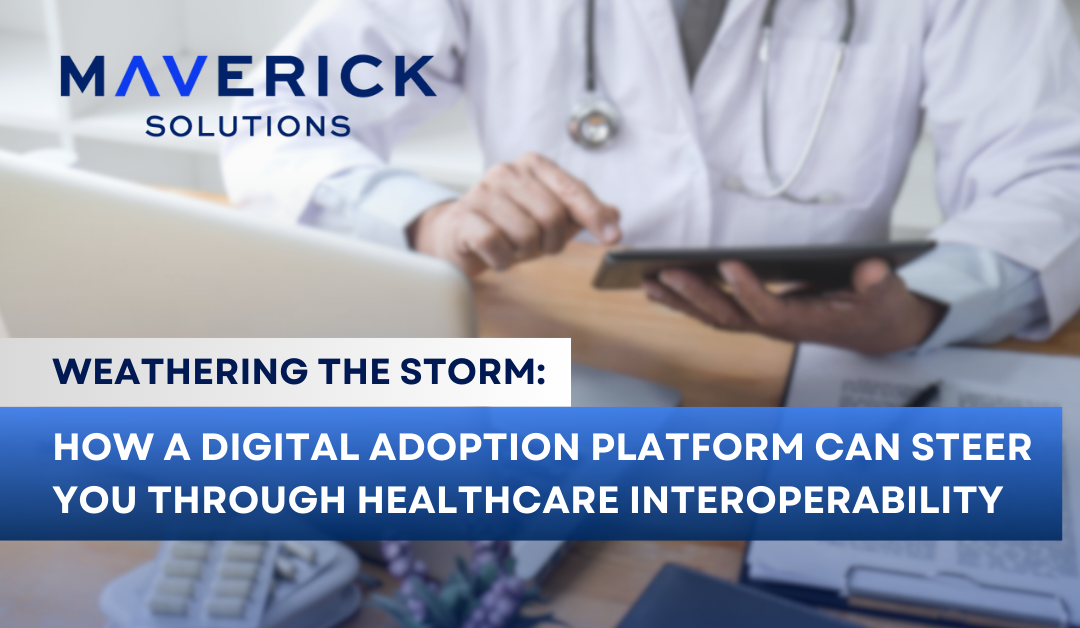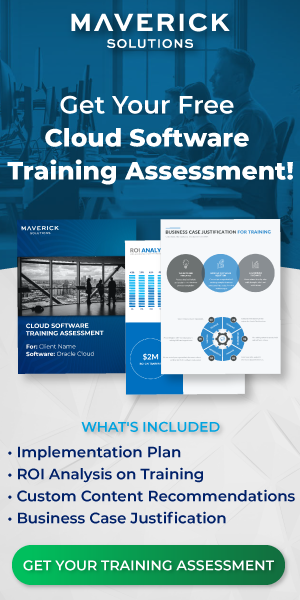The healthcare landscape is in a constant state of flux. New regulations, advancements in technology, and an ever-growing emphasis on patient-centered care are all factors driving significant changes in how healthcare services are delivered and managed.
One of the most prominent changes on the horizon is the push for standardized interoperability solutions.
Healthcare software companies are churning out updates designed to create a seamless exchange of data between providers, institutions, and technology platforms. This, undoubtedly, is a positive development. Improved interoperability holds the promise of:
- Enhanced care coordination: With a complete view of a patient’s medical history across different systems, providers can collaborate more effectively, leading to better-informed treatment plans and reduced duplication of services.
- Empowered patients: Patients gain easier access to their medical records, allowing them to participate more actively in their care decisions.
- Streamlined workflows: Automated data exchange between systems can eliminate the need for manual data entry, freeing up valuable time for clinicians and administrative staff.
However, this wave of change also brings its fair share of challenges. Major workflow changes are on the horizon. Are you and your organization prepared to navigate this storm?
The reality is many healthcare institutions are struggling to keep pace with the rapid evolution of interoperable technologies. Legacy systems, fragmented workflows, and a resistant workforce can all hinder the successful adoption of new tools and processes. This is where a Digital Adoption Platform (DAP) can become your most valuable asset.
How a DAP Can Help You Embrace Healthcare Interoperability
A DAP is a software solution designed to help organizations accelerate user adoption of new technologies. In the context of healthcare interoperability, here’s how a DAP can be a game-changer:
- Simplified onboarding: New interoperability features and functionalities within existing software systems can be a mystery to users accustomed to older workflows. A DAP can create contextual, step-by-step guides that walk users through new features, ensuring they understand how to leverage the benefits of interoperability to their full potential.
- Reduced resistance to change: Change management is a crucial aspect of any successful technology implementation. A DAP can help mitigate resistance by providing targeted in-app messaging and microlearning modules that address user concerns and highlight the value proposition of interoperability.
- Improved data quality: Interoperability relies on accurate and standardized data entry. A DAP can monitor user behavior and identify potential data quality issues, prompting users for corrections or providing real-time feedback to ensure accurate data capture.
- Enhanced user confidence: As users become more comfortable navigating new interoperable features, their confidence in the technology increases. A DAP can provide ongoing support through embedded help resources and contextual walkthroughs, empowering users to utilize the platform’s full capabilities.
- External user experience: With greater access to their healthcare records, more patients with varying degrees of technical acuity will be accessing your systems through external means. A DAP can help guide external users through your site to help them find the information they are seeking at their point-of-need.
Beyond these core functionalities, a DAP can offer several additional benefits specifically tailored to the healthcare industry:
- Compliance training and tracking: Interoperability standards often come with new compliance requirements. A DAP can deliver targeted training modules to ensure all users understand their responsibilities regarding data security and privacy within the interoperable ecosystem and deliver reports on compliance metrics to help keep the hefty fines at bay.
- Personalized learning: A DAP can leverage user analytics to tailor learning content to individual needs and skill levels. This ensures busy healthcare professionals receive the most relevant training in the most efficient manner.
- Performance measurement: A DAP can track user behavior and adoption rates, providing valuable data to measure the success of interoperability initiatives. This data can be utilized to identify areas for improvement and optimize future training programs.
Real-World Examples of DAPs in Healthcare
Let’s consider a few real-world examples of how DAPs are helping healthcare institutions navigate the interoperability landscape:
- A large hospital chain implemented a DAP to onboard its staff onto a new interoperable EHR system. The DAP provided contextual walkthroughs, step-by-step guides, and ongoing support resources, significantly reducing training time, ensuring smooth user adoption, and ultimately providing better quality care and more positive outcomes.
- A network of physician practices leveraged a DAP to help their staff understand and utilize a new patient portal that facilitated secure data exchange with patients. The DAP’s microlearning modules and personalized nudges within the portal itself empowered patients to confidently access and manage their health information.
These are just a few examples, but they highlight the transformative potential of DAPs in addressing the challenges associated with healthcare interoperability.
Don’t Get Caught in the Storm – Embrace the Change
The push for standardized interoperability solutions in healthcare is an inevitable force. While it presents challenges, it also presents a tremendous opportunity to improve care coordination, empower patients, and streamline workflows.
By adopting a Digital Adoption Platform, healthcare institutions can ensure a smooth transition and maximize the benefits of interoperability. A DAP doesn’t just bridge the gap between technology and users; it becomes a powerful tool for navigating the evolving landscape of healthcare. With a DAP by your side, you can transform the interoperability storm into a catalyst for positive change, empowering your staff to deliver exceptional patient care in a more connected and efficient healthcare ecosystem.
So, don’t get caught in the storm – be proactive. Invest in a DAP and embrace the exciting future of interoperable healthcare. It’s time to make the most of the interoperability data revolution and deliver the seamless, patient-centered care we’ve all been striving for.
If you have reached this point in the article and have realized that you need a DAP to guide your team through the changes that interoperability will undoubtedly bring, consider Maverick’s ENGAGE Live. While other DAPs only give you a tool to use, Maverick provides you with a tool and a team to keep your content updated through all the policy and compliance iterations.
Still skeptical how a DAP can smooth the turbulent waters of interoperability? Click the button below to schedule a demo and see for yourself.



